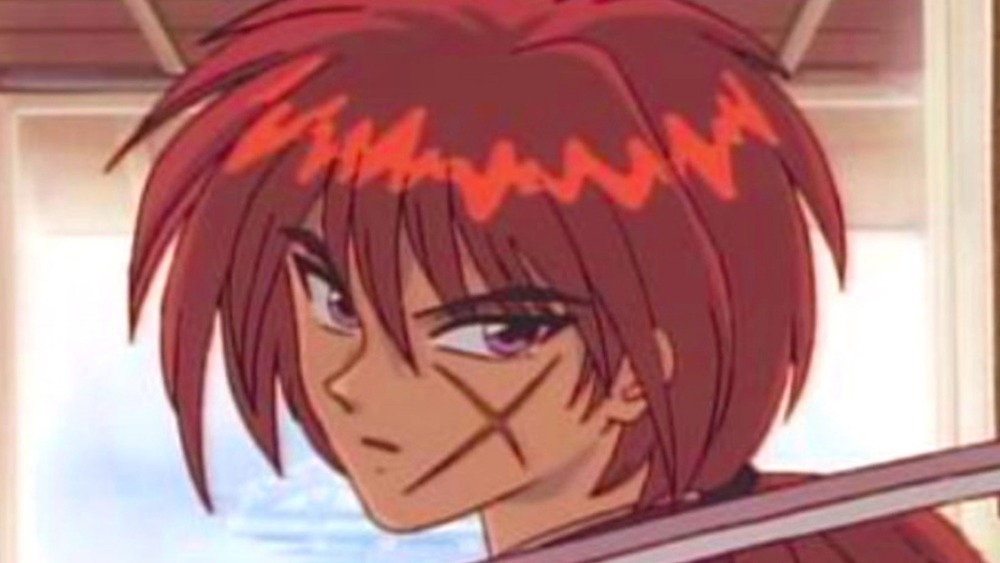The Tragic Real-Life Samurai Who Inspired Rurouni Kenshin
The exciting romantic adventure anime, Rurouni Kenshin, tells the story of a retired assassin in Meiji-era Japan who has taken a vow never to kill again. If you're somewhat new to the genre, then it's likely one of the best anime you've never heard of. When Himura Kenshin meets and saves the life of the lovely Kaoru, who runs a school teaching young students the art of the sword, Kenshin is forced to break his promise in order to protect the ones he loves.
It's a very romantic story, which of course all ends happily ever after, but what fans of the shonen anime genre may not know is that Kenshin was based on a real-life samurai assassin — a man by the name of Kawakami Gensai, who lived during a very tumultuous time of Japanese history. Like Kenshin, Gensai was an honorable and peace-loving man, though his skill with the sword was legendary. Yet unlike the character on which he was based, Gensai's life met a more tragic end.
Kenshin was inspired by a famous historic samurai
Born in 1832 as Komori Genjiro, young Gensai was adopted at age 11 by the Kawakami family. He studied and worked hard during his childhood and adolescent years, learning academics and swordsmanship simultaneously. In later years, he studied under a priest and scholar called Hayashi Oen. Gensai married a woman named Misawa Teiko in 1861, who was herself an expert fighter, and the two had a son named Gentaro.
Gensai lived during the close of Japan's Edo era, a turbulent period where the country's policies of shogunate dictatorship and isolation from foreign interference was coming to an end. While he served both as a soldier and as a bodyguard, Gensai's most famous feat was the assassination of Sakuma Shozan, a politician who hoped to open up Japenese trade with foreign countries. Turns out: The real samurai got into some pretty messed up things. Gensai was imprisoned after joining volunteer soldiers (the Kiheitai) against the shogunate, but was later released. Gensai then changed his name to Kouda Genbei and returned to his home of Kumamoto where he became a teacher. After harboring fugitive members of the Kiheitai, Gensai was arrested in 1870 and then received an execution by decapitation in 1872.
Like Kenshin, Gensai was a humble man who preferred a quiet word to a fight, although he wouldn't hesitate to stand up against injustice and protect the downtrodden. Though there are some undeniable parallels between Kenshin and Gensai, the real-life samurai sadly did not live out the rest of his days in bliss with his wife and child like his fictional counterpart. For those who want to check out Rurouni Kenshin, whether to revisit the series or watch it for the first time, the anime is now streaming on Hulu.

